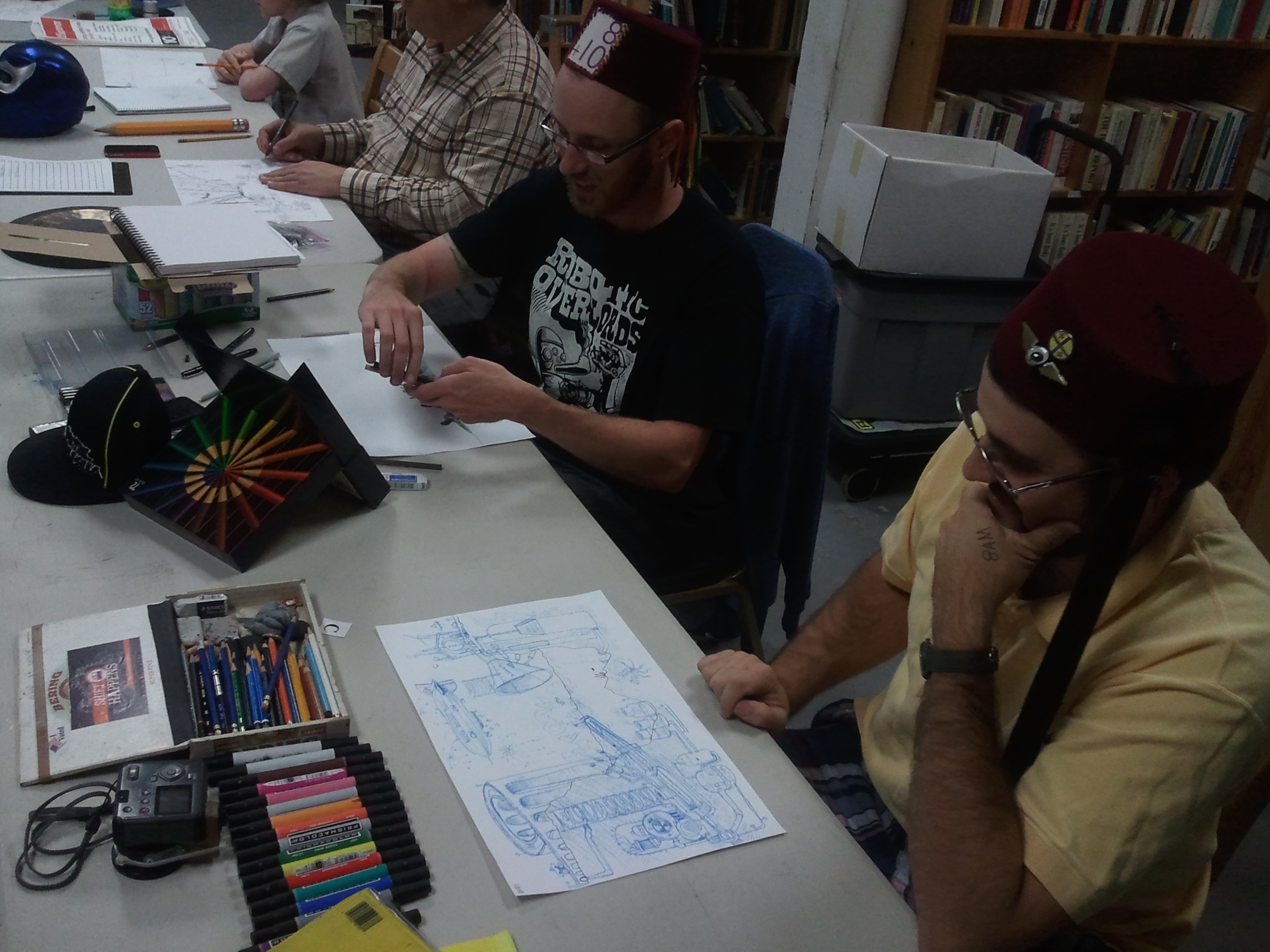UWT’s unconventional new art program going to church
The recent grand home of the Abbey Ballroom and formerly a Methodist Church at 1901 Fawcett Avenue on UWT’s campus will soon become the long-anticipated art program’s home. A viable and functional space for students to create varied types of artworks has been sadly missing at UWT. The fledgling “Arts in Community” program was approved by the IAS faculty in 2007 yet still waits to become an official major.
For creative students learning to express themselves, to affect social change and perhaps even to put food on the table with their art, this is the program.
Nestled in Tacoma’s historic downtown, UWT is surrounded by a very active art scene. With many art-inspired events, venues and institutions such as the historic theaters, the Third Thursday Art-Walk, the fine museums, along with a slew of galleries and local artists, downtown Tacoma seems to be crying out for this long-overdue addition to our growing university.
The nearly 11,000 sq. ft. Whitney Building has only recently been made available. Professor Beverly Naidus, artist, author and tenured member of the UWT faculty anticipates art classes beginning there sometime in the next year. Improvements must be made to the church to make it ADA-accessible, to have ventilation, lighting and other updates needed for the art program installed.
About the program she co-created with UWT’s Senior Lecturer, Tyler Budge, Naidus wrote: “The Arts in Community major gives students an opportunity to develop aesthetic and media literacy; explore the social, philosophical, and psychological content of art; question what role they wish their art to play in community and society; and explore many dimensions of the creative process.”
“The primary course work in our interdisciplinary major is idea-based rather than medium-based. We offer our students conceptual, autobiographical, and socially engaged strategies for making art. Art is discussed as storytelling and metaphor, as a tool for healing, and as a form of communication. Students learn how to define their intentions, pinpoint their audience, and find the appropriate context for the audience they wish to reach.”
“With this conceptual approach to art making, students still develop a skill set that is competitive with other art programs, including skills in drawing, collage, digital imaging, and mural painting; construction with metal, wood, paper and scavenged materials; mold-making; video; audio; site-specific installation; and experience with contemporary performance and community-based art practices. Students practice writing artist statements, and grant and project proposals, as well as developing a portfolio.”
This is not your typical university art program. Its emphasis is on the student, not the art. It is a great fit in city so abundant with artists and art lovers. You will find students developing their artistic voices, doing it in community and using many mediums in compelling ways.
Want to affect positive social change with your art? This innovative new program is designed with you at the center.


